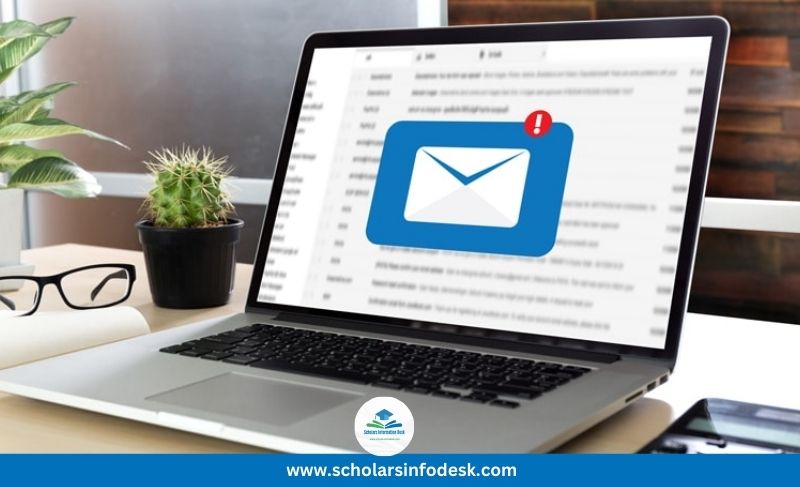Are you looking to get ahead in your scholarship search?
In this guide, you will discover eight practical steps to help you win scholarships using cold email strategies. Whether you are unsure about what a cold email is or searching for templates, this article will walk you through the essentials to ensure your emails get noticed.
Cold emails aren’t just for job applications—they’re also a powerful tool for securing scholarships or internship positions. Let’s explore how you can use this strategy effectively to unlock hidden scholarship opportunities to advance your career.
What is a Cold Email?
A cold email is an unsolicited message sent to someone you have never had prior contact with, like a potential supervisor or professor. In the context of scholarship applications, this can be an email sent to a professor or research lead at a university without prior permission. While cold email might feel intimidating, it’s an effective approach when done correctly, allowing you to uncover opportunities that are not advertised publicly.
Though some students avoid cold emailing due to the fear of rejection, the time involved, or the belief that it won’t work, those who do it well often find hidden scholarship gems. I applied these techniques in 2020 when pursuing the Chinese Government Scholarship at Shandong University. Through cold emailing, I secured a position with a professor in the Environmental Engineering department—though the pandemic unfortunately disrupted the plans
8 Practical Steps to Win Scholarships with Cold Email
Here’s how to craft and send effective cold emails to maximize your chances of receiving a positive response:
-
Introduce Yourself Clearly
Start with a concise introduction. Let the recipient know who you are, what you study, and what you’re aiming for. For example, include your name, university, major, and graduation year. Briefly state the purpose of your email, whether it’s to express interest in a professor’s research or to inquire about scholarship opportunities.
-
Write a Strong Subject Line
Your subject line should grab attention but remain professional. Avoid spammy phrases. Instead, recognize the recipient’s achievements or research. For instance, a subject like “Interest in Your Research on Renewable Energy” is more likely to catch the eye than something vague like “Scholarship Inquiry.”
- Keep It Short and Simple
Professors are busy, so make your message easy to read. Keep it concise and direct, focusing on your goal without overwhelming the reader. At the same time, express gratitude for their time and consideration, which shows professionalism and respect.
-
Use Action-Oriented Language
Encourage further action by using clear, engaging language. Instead of passive statements, ask for a follow-up meeting or request additional details about the research or scholarship. For example, “I would appreciate the opportunity to discuss my interest further” encourages a response.
-
Show Confidence, Not Arrogance
Confidence is key, but be careful not to sound arrogant. A respectful, humble tone can help you make a positive impression. Remember, you’re asking for an opportunity, not demanding one.
-
Proofread Before Sending
Before hitting “send,” review your email for clarity and typos. Have a friend or colleague read it over to ensure it communicates the right message. An error-free email will reflect well on your attention to detail.
-
Keep It Formal and Professional
Maintain a formal tone throughout your email. Avoid casual language or humor, as this is professional communication. Use appropriate salutations, and address the recipient by their full title (e.g., “Dr. Smith” or “Professor Jones”).
-
Follow Up
If you don’t receive a response after a week or two, it’s okay to follow up with a polite reminder. Reiterate your interest and ask if they had a chance to review your email. Keep your follow-up brief and professional.
Final Thoughts on Cold Emails for Scholarships
Cold emailing can seem frightening at first, but it’s an excellent way to discover scholarship opportunities that might not be publicly listed. By following these eight steps, you will increase your chances of getting a positive response and potentially winning a fully funded opportunity to support your studies abroad.
Need Cold Email Samples?
For those looking for examples, feel free to check out our scholarship cold email templates to help get you started on the right track!
